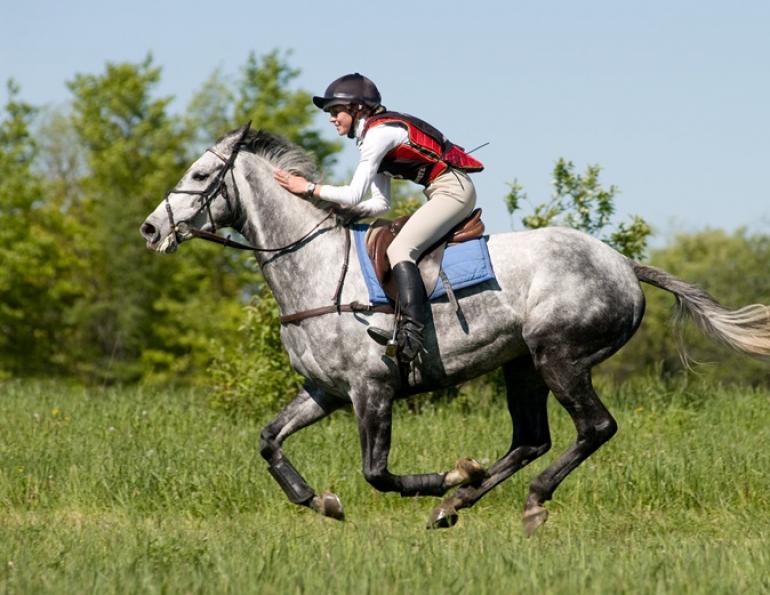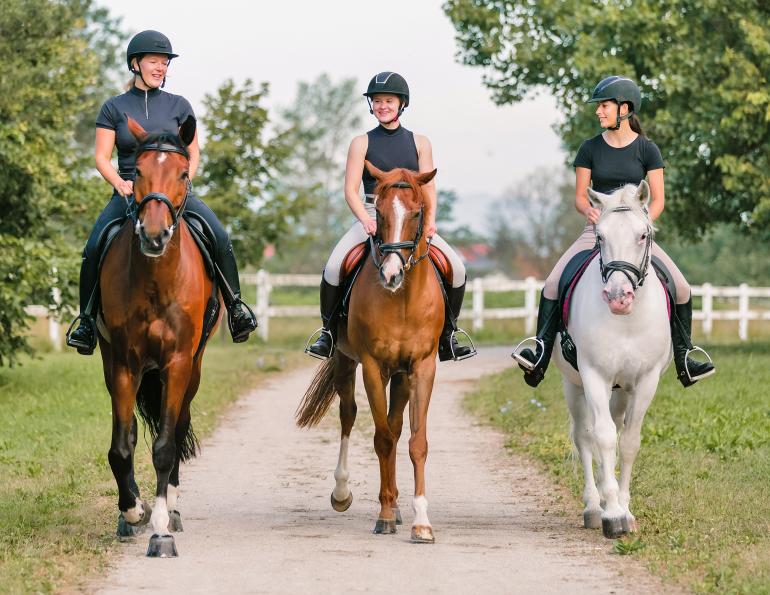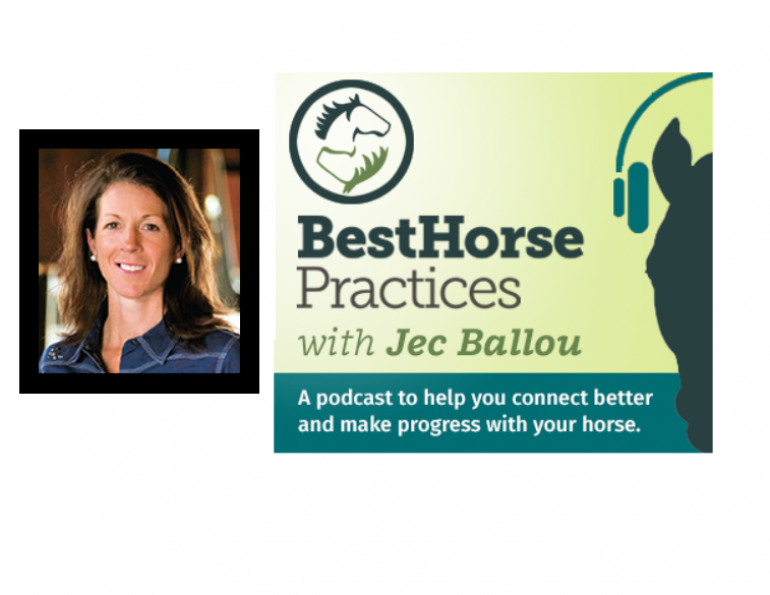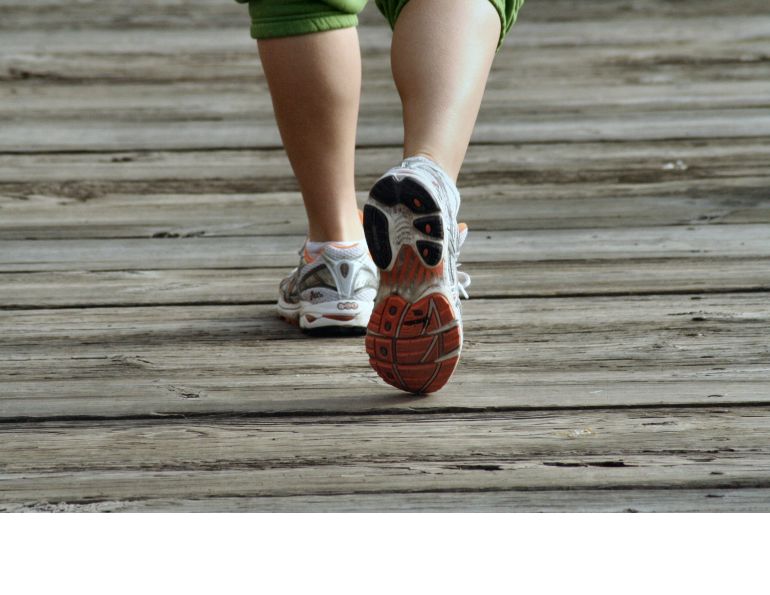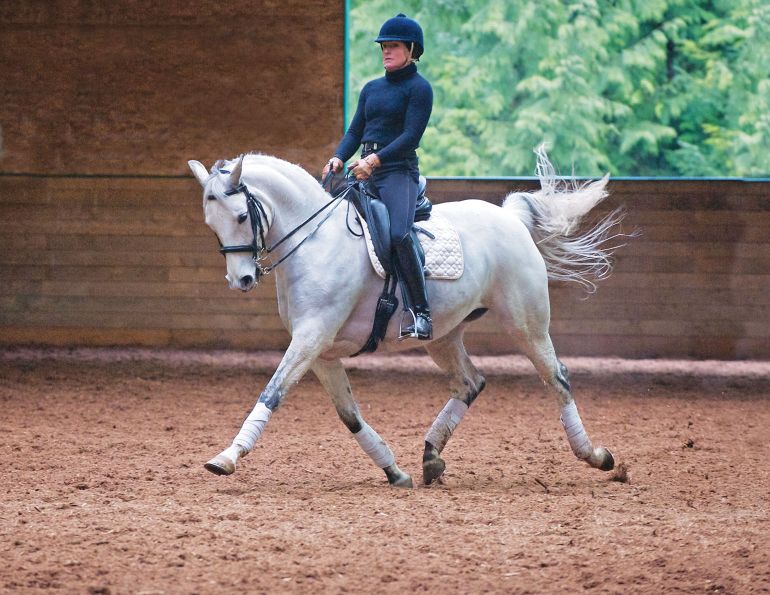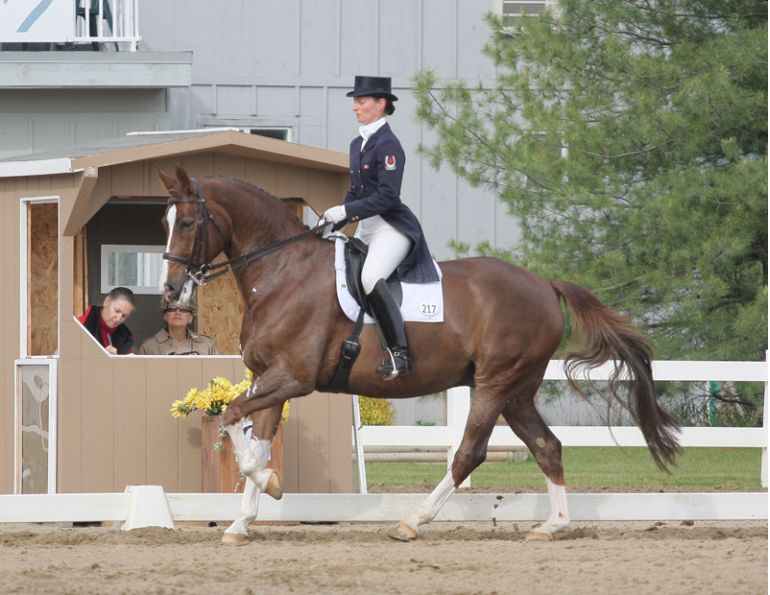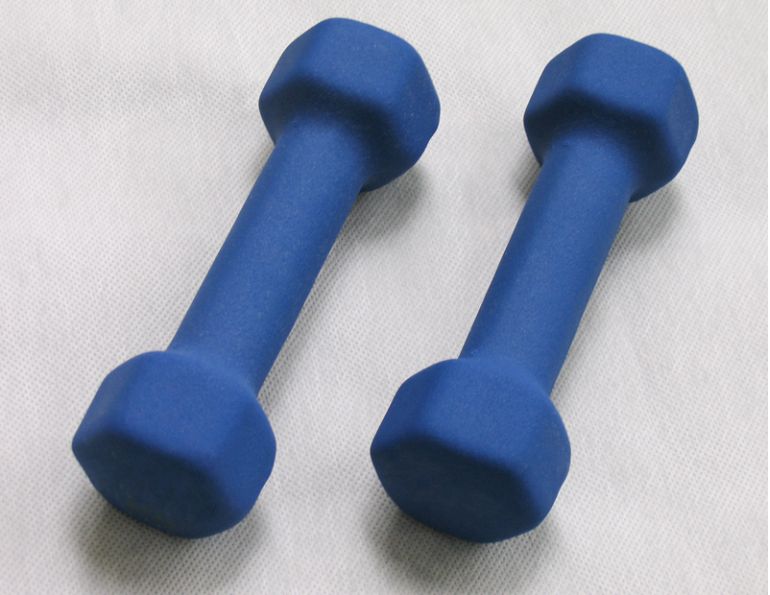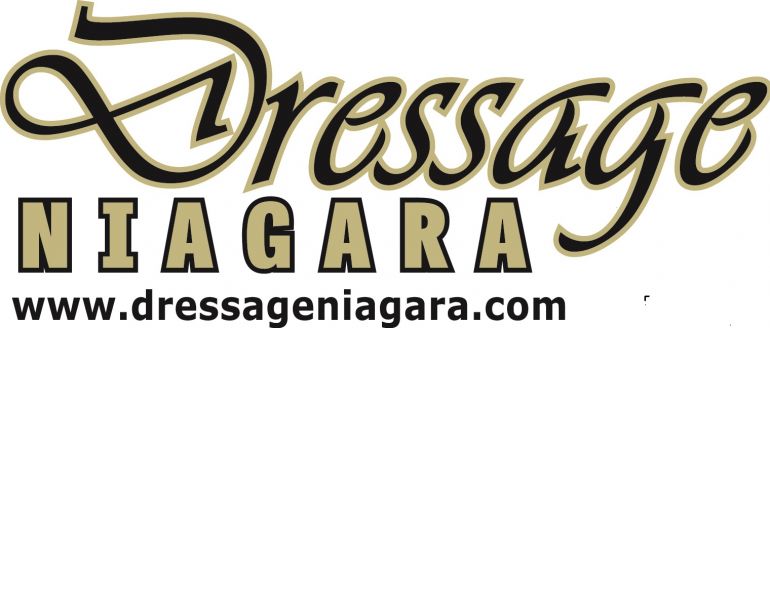Interviewed by Heather Sansom
I often speak and write about what I call a rider’s fitness training scale. The idea comes from the dressage training scale concept. For readers not familiar with dressage, the training scale can be understood as a progression of desirable outcomes in your riding and training, which build on one another. For example, rhythm and contact are earlier in the scale. No matter which discipline you practice, we can all understand that a horse needs to have a steady gait and reliable contact with the bit before his training can advance. Shortcuts in training horses do not result in longevity and soundness.
Applied to your training program as a rider, flexibility and suppleness are one of the baseline conditions for a successful program. Tightness blocks motion and creates strain across joints. Tight muscles and ligaments cannot bear load of any significance or for any length of time without producing strain injury. Under the unique conditions of riding (balance on a moving base), your body will tend to tighten up to maintain balance. This is one reason why riding on its own is insufficient conditioning for riding.
For example, many riders tend to have tight hips, partly resulting from squeezing inner thigh muscles. When there is insufficient strengthening and stretching in the area, an imbalance is created across the hips. This imbalance reduces mobility in the hips, which further affects your seat position and ability to follow your horse. In some cases, it may even cause strain issues common to riders such as low back pain or sciatica.
However, maintaining a practice of integrating stretching and flexibility exercises into your day and week will help your muscles respond better both to your horse and to your training program. While many of the riders I work with use stretches at the office, home, or barn, many also enjoy yoga. A question I am often asked is whether doing a class you enjoy, such as yoga, has any lasting benefit if done only once a week. With your schedule and responsibilities, it may not even be possible to join a class as often as once a week.
Occasional bouts of stretching activities will not improve your flexibility any more than occasional riding would advance your horse’s training. Using an occasional class to inspire your day-to-day habits can work out very nicely. The difference is really made in your daily habits anyway because you are either losing or gaining flexibility on a daily basis. The more you use your body such as in sport, riding, or doing chores, the more important it is to stretch.
For this article, I interviewed yoga for riders specialist Louise Sattler of Galloping Yoga. We discussed various concepts and exercises that come from the yoga tradition and align very nicely with sport and conditioning practices for developing flexibility. For a busy rider, the exercises below are accessible and easy to do almost anywhere.
Heather Sansom: How did you make the connection between yoga and riding?
Louise Sattler: I’ve been riding for twice as long as I’ve been doing yoga. Yoga came into my life at a time when I didn’t have riding. I had ridden all my life while growing up and was competitive in hunter/jumper equitation. I had moved to California to follow my partner’s job offer and had to sell my horses to be able to go. I became quite depressed. A friend I met down there suggested yoga, so I went. The experience was similar to the first time I sat in a saddle. I knew it was going to be a major part of my life, for the rest of my life.
Back in Canada, I eventually started working horses casually for people, but was mostly building my yoga business, teaching full time. I had not ridden for years and came back to it a couple of years ago. In the time between, the yoga had made something change in my riding: I had better balance, flexibility, and co-ordination, and I had more ability to focus my mind. There was less resistance between me and the horse.
I had this idea to bring non-riding yoga students out to meet horses. Yoga is all about getting aware of your body and I felt that interacting with the horses would be an interesting opportunity to learn the connection between their awareness and communication. So I was bringing the yoga world to the horses.
Because my yoga practice gave me so many benefits as a rider, I wanted to share that with other horse people. Also, when I got really competitive in equestrian sport as a teenager, looking back I lost sight of the simple joys of riding. Yoga helps bring that back because it teaches you to be present.
HS: Many people associate yoga with a religious or spiritual aspect, which they may not want to participate in. We also hear of high level athletes such as NHL teams and the US jumping team doing yoga. Can you comment on yoga as part of a sport conditioning program?
LS: A lot of yoga exercises or postures lengthen and strengthen muscles at the same time, so you are building both strength and flexibility in balance. You also pay attention to breath, and use breath consciously as you move your body.
When I teach and practice yoga I always remind my students and myself that the breath is your guide. The physical practice of yoga emphasizes an ethic of not harming your body. While you are practicing, you use breathing to create a rhythm to work to. You also use awareness of your breath to know when you are working within your comfort zone or have gone past where you should be. For example, if you are listening to your breath and find that it is becoming shallow, you may be pushing the exercise too far and need to back off.
Horses being flight animals are very attuned to our breath. So are other people. So when we learn to use our breath, it can become a tool to help ourselves and our horses relax. As a rider, when you work on slowing and deepening your breath, you take yourself out of that fight or flight mode, and horses pick up on that. There are physiological changes, such as a lowering of brainwave patterns, so you can respond to the changing situation in your sport more accurately and authentically.
The definition of yoga is to unite or bring together, and this refers to body, mind, and spirit, and whatever you may associate with the spiritual. There are lots of different styles of yoga. Your degree of involvement of the spiritual side is up to you and your convictions. Emphasis on that area depends on the teacher, so if you try a class and the teacher’s delivery style or spiritual emphasis doesn’t appeal to you, find one that works for you so you can get the benefits of the exercises.
HS: How do I know what type of yoga to try?
LS: Go to beginner level class. Yoga poses use your body differently than other exercise disciplines and at first that can really challenge the neuromuscular connections. It’s important to go at your pace and know your limits, and feel comfortable to ask the teacher about any concerns. Especially if you have joint, back, or other physical issues or conditions.
Yoga can often help many conditions because they are often related to imbalance and tightness, which yoga addresses.
HS: What makes the needs of a rider different?
LS: Riders tend to get tight in the hips. Most people have imbalance in core muscles. Then, when they get on a horse, the instability of the horse causes their body to want to create stability. Without proper core tone, they often get tight in the hips and tension in their spine, neck, and shoulders instead.
Yoga helps a lot with posture. For most of our day, we are folded somewhat forward. A good yoga class will take the spine through all directions of motion to help correct that and open the chest up.
A lot of riders round their shoulders. Rounded shoulders disconnect your arms from the core and destabilize your lower spine. Yoga exercises can help correct the poor posture of rounded shoulders and allow a rider to stabilize their spine. The result is less tension in the shoulders and better posture and alignment.
HS: In rider-specific yoga, what areas do you focus on?
LS: I focus on opening the hips, decompressing the spine, and developing better posture. Before we get into specific exercise sequences, we take some time with breath to help the riders engage the diaphragm and bring their breathing deeper into their torso. The physiological benefits of breathing deeply include oxygenating your tissues, purifying your blood, shifting the nervous system from sympathetic to parasympathetic (out of “fight or flight” response), and calming the brain, which helps with intuition and therefore helps us “read” our horses better. There’s also a core strengthening sequence in the program. In addition to improving your posture, a strong core gives you confidence as a rider.
HS: Many people do not have access to a weekly yoga class. What’s a good way to use yoga if you can’t always go to a class?
LS: I recommend going to a few classes initially. Some styles like Yin yoga lend themselves well to do-it-yourself DVD’s, but if you can start off with a few classes to give you the basics, then you will be able to practice exercises at home more safely. The teacher can give you important feedback on whether you are doing the exercises correctly. Community centres or gyms often have a short series available where you can learn the basics. You wouldn’t learn the basics of riding, even trail riding, on your own properly just from a DVD.
HS: Can you demonstrate and explain some good exercises for riders?
LS: Yoga exercises are called poses. They have pretty standard names. A simple sequence which opens hips, strengthens core in front and back and decompresses the spine might include “pigeon” (hip opener), “cobra” (good posture pose), “boat” (core strengthening pose), and a “standing forward fold” (tension release pose that decompresses the spine and lengthens the hamstrings).
Yoga Poses Recommended by Louise Sattler
Exercise #1
Half Boat — Core Strengthener
From a seated position bring your hands on the ground behind your hips and your feet together on the ground with the knees bent. Draw your belly button in towards the spine and up towards your heart. Incline your upper body back slightly WITHOUT ROUNDING YOUR SPINE. Squeeze your knees together, lift your chest, and straighten one leg. Your knees may not align (as shown) until you develop more strength, but do try to keep the leg straight as you work towards lifting the knee of the straight leg in line with the other. Eventually you will be able to straighten both legs and reach your arms over head. Remember your spine must stay straight!
Benefits for the rider: A stronger core to maintain a tall and balanced position in the saddle.
Exercise #2
Cobra — Posture Corrector
From a prone position (belly down) with legs extended out behind you, position your feet hip width distance apart, toes pointed back, and hands underneath your shoulders with fingers in line with the top of your shoulders. Press into the tops of your feet, draw your belly in, and reach your chest forward and up. Extend through the crown of your head and keep your neck long with the shoulders relaxed, back, and down.
Use mostly spine strength and less arm strength. As you inhale, invite the spine to lengthen, and as you exhale, draw the belly in and lift through the crown.

Benefits for the rider: Stronger core back muscles.
Exercise #3
Pigeon — Hip Opener
In a table position (down on all fours), slide your right knee towards your right wrist and your right ankle towards your left wrist.
Then slide your left knee behind you further, keeping the left hip, knee, and ankle in one line.
Make sure your right knee feels safe. If not, slide a cushion under your right hip for support.
You may stay tall with your upper body or come down onto your forearms.
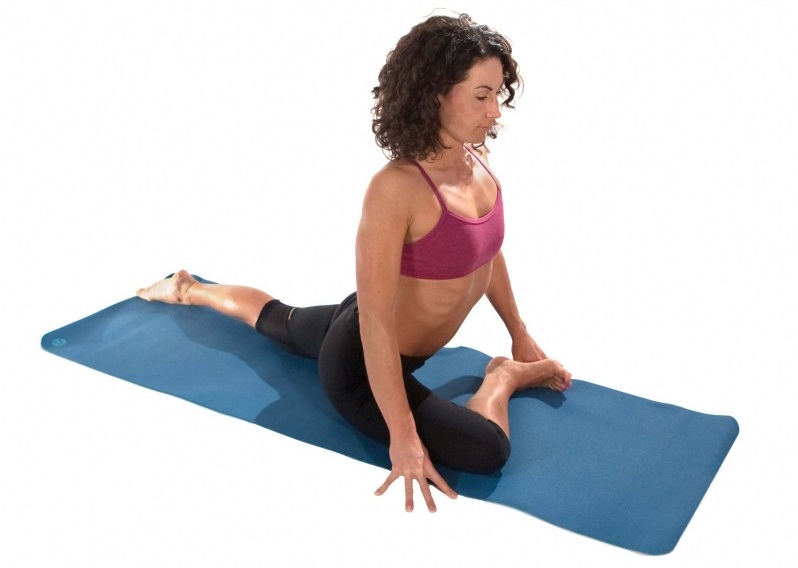
Benefits for the rider: Riders have such tight hips in general. By opening the hips you'll deepen your seat and release tension in your lower back. Hip openers help you feel more youthful!
Exercise #4
Standing Wide Leg Forward Fold — Tension Release
Step your feet about three and a half to four feet apart on a non slippery surface with the outer edges of your feet parallel (toes turned slightly inwards). Bring a slight bend to your knees and your hands to your hips. Inhale deeply and on your exhale fold forward with a flat back. You may find that you can only go down so far before your back starts to round. If so, bring your hands on to a table or chair in front of you for support. Keep the weight in the balls of your feet and your thigh muscles engaged (knee caps lift). Once your flexibility starts to improve, you can bring your hands closer to the floor or feet as shown.
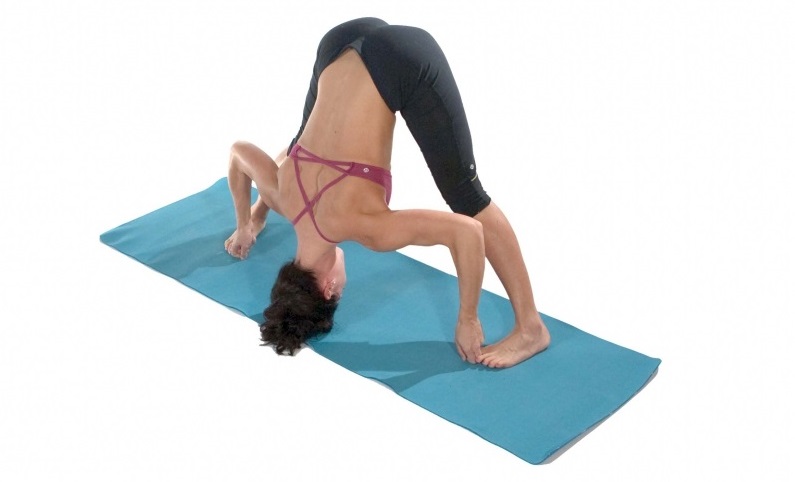
Benefits for the rider: Lengthens the back of your legs (gives you a “longer leg”), releases tension from your spine and lower back, and improves oxygen to your brain for clarity of thought.
All photos courtesy of Heather Sansom unless otherwise specified.
Main photo: Flexibility and suppleness are needed by riders before they can achieve further riding improvements, as any tightness will block motion and create strain. Credit:Christina Handley



